
Understanding Minor Ailments: A Patient's Guide to Learning About Ontario's 19 Minor Ailments
Whether you have experienced some or a lot of the symptoms of any of the minor ailments, it pays to know and learn more about these conditions to help manage common health issues more effectively. Here is a quick and easy guide for each of the 19 conditions to get a better understanding of their nature, symptoms, treatments, dietary considerations, and potential complications when left untreated.

1. Acne
Description: Acne is a common skin condition characterized by inflamed or infected sebaceous glands.
Symptoms: Blackheads, whiteheads, pimples, and cysts; Acne is often accompanied by dark spots or patches called hyperpigmentation.
Treatments: Topical retinoids, benzoyl peroxide, antibiotics
Foods to avoid: High-glycemic foods or foods high in GI such as white rice or whole wheat bread, and sweetened dairy products.
Complications: Scarring, pigmentation changes, and psychological distress
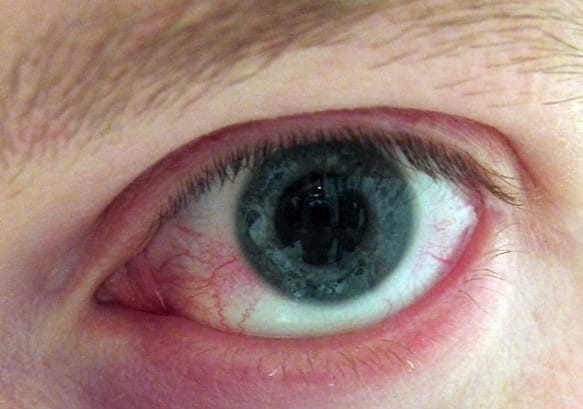
2. Allergic Rhinitis
Description: Inflammation of the nasal airways due to allergens
Symptoms: Sneezing, itchy eyes and runny nose, post-nasal drip, cough, and nasal congestion
Treatments: Antihistamines, nasal corticosteroids, decongestants
Foods to avoid: Common food allergens like nuts, dairy, and gluten
Complications: Sinusitis, ear infections, sleep disturbances
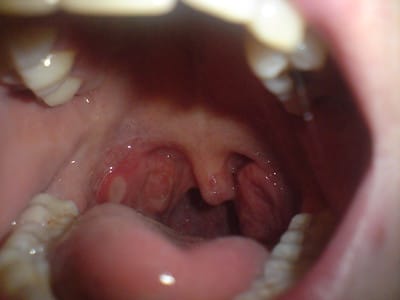
3. Aphthous Ulcers (Canker Sores)
Description: Small, painful sores inside the mouth or on the gums and inner lips
Symptoms: Round, white or yellow sores with a red border
Treatments: Topical corticosteroids, mouth rinses, oral pain relievers
Foods to avoid: Spicy, acidic, and rough-textured foods
Complications: Severe pain, difficulty eating and speaking

4. Candidal Stomatitis (Oral Thrush)
Description: Fungal infection in the mouth caused by the fungus species Candida which is a normal mouth organism but can be a problem when there is an overgrowth and cause symptoms
Symptoms: White lesions or patches on the tongue and inner cheeks, soreness
Treatments: Antifungal medications, good oral hygiene
Foods to avoid: Sugary foods, alcohol
Complications: Spread of infection, difficulty swallowing
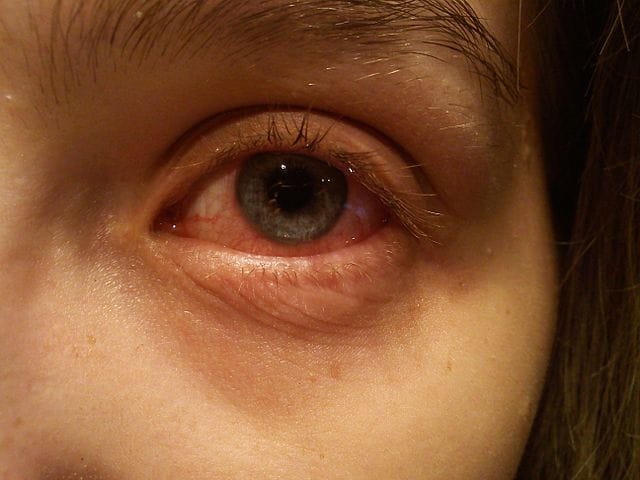
5. Conjunctivitis (Bacterial, Allergic, and Viral)
Description: Inflammation of the conjunctiva, the membrane covering the eye
Symptoms: Redness, itching, mucus discharge, tearing, painful and burning eyes
Treatments: Antibiotic eye drops (bacterial), antihistamines (allergic), supportive care (viral)
Foods to avoid: Sugary and starchy foods, common food allergens like nuts and dairy
Complications: Keratitis or an inflammatory condition that affects the cornea, or vision problems

6. Dermatitis (Atopic, Eczema, Allergic, and Contact)
Description: Skin inflammation causing redness, itching, dry skin, and sometimes blisters; Has many causes and forms and often involves itchy, dry skin or a rash
Three common types of this condition are atopic dermatitis, contact dermatitis and seborrheic dermatitis. Atopic dermatitis is also known as eczema.
Symptoms: Itchy, red, swollen skin; blisters in severe cases
Treatments: Moisturizers, topical corticosteroids, antihistamines
Foods to avoid: Trigger foods (varies individually), processed foods
Complications: Skin infections, chronic itching, and discomfort

7. Diaper Dermatitis
Description: Inflammation of the skin covered by a diaper
Symptoms: Red, sore, and sometimes blistered skin
Treatments: Barrier creams, frequent diaper changes, air exposure
Foods to avoid: Foods that cause diarrhea
Complications: Secondary bacterial or fungal infections

8. Dysmenorrhea
Description: Painful menstruation
Symptoms: Cramping, lower abdominal pain, back pain
Treatments: NSAIDs (Non-steroidal anti-inflammatory drugs), hormonal contraceptives, heat therapy
Foods to avoid: Caffeine, alcohol, salty foods
Complications: Severe pain, interference with daily activities
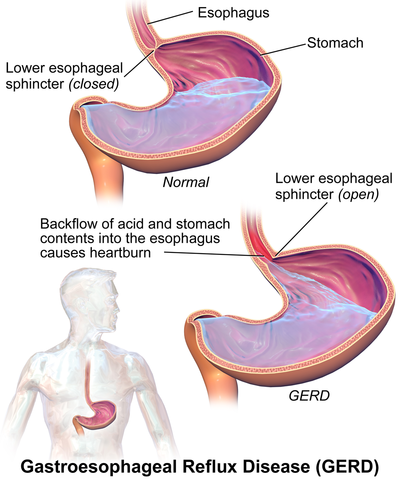
9. Gastroesophageal Reflux Disease (GERD)
Description: Chronic acid reflux condition
Symptoms: Heartburn, regurgitation, chest pain
Treatments: Antacids, H2 receptor blockers and proton pump inhibitors are medicines that reduce the production of stomach acid made by the glands around the stomach lining
Foods to avoid: Spicy foods, caffeine, alcohol, fatty foods
Complications: Esophagitis or inflammation of the esophagus, Barrett's esophagus, esophageal cancer
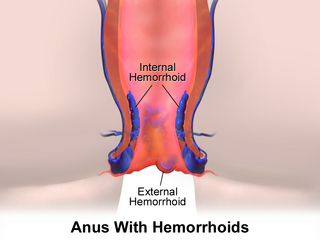
10. Hemorrhoids
Description: Swollen veins in the lower rectum and anus
Symptoms: Pain, itching, bleeding during bowel movements
Treatments: Topical treatments, sitz baths (also a hip bath), dietary fiber
Foods to avoid: Low-fiber foods, spicy foods
Complications: Thrombosis, anemia from chronic bleeding
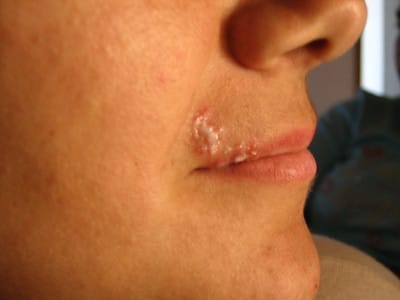
11. Herpes Labialis (Cold Sores)
Description: Blisters around the lips caused by herpes simplex virus
Symptoms: Painful, fluid-filled blisters
Treatments: Antiviral medications, topical anesthetics
Foods to avoid: Acidic foods, arginine-rich foods (e.g., many types of nuts, seeds and chocolates)
Complications: Frequent outbreaks, secondary bacterial infections
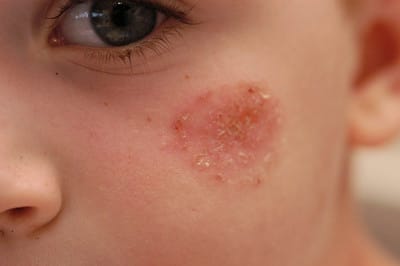
12. Impetigo
Description: Contagious bacterial skin infection
Symptoms: Red sores that rupture, ooze, and form a yellow-brown crust
Treatments: Antibiotic ointments, oral antibiotics
Foods to avoid: None specifically
Complications: Cellulitis or an infection of the deeper layers of the skin, kidney inflammation or an infection of the small blood vessels in the kidneys
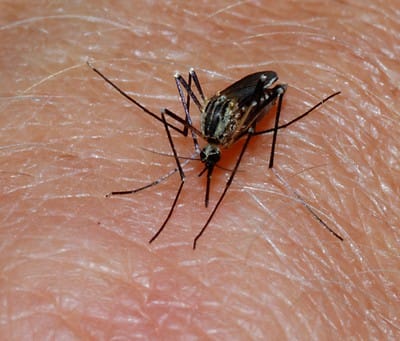
13. Insect Bites and Urticaria (Hives)
Description: Reactions to insect bites or allergens causing hives; Hives can be caused by many other things or from a virus. It could be from an allergen, or a hormonal change - It even could be emotional in some situations.
Symptoms: Red, itchy welts, swelling
Treatments: Antihistamines, corticosteroids, topical creams
Foods to avoid: Known allergens
Complications: Anaphylaxis (in severe cases), infection from scratching
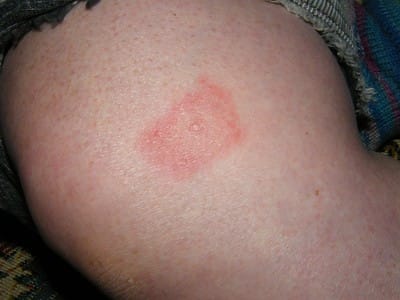
14. Tick Bites, Post-Exposure treatment in the prevention of Lyme Disease
Description: Tick bites can transmit Lyme disease which can be life-threatening, and other diseases
Symptoms: Red, expanding rash (bull's-eye rash), flu-like symptoms, headache and fatigue
Treatments: Antibiotics (doxycycline)
Foods to avoid: None specifically
Complications: Chronic Lyme disease, neurological issues
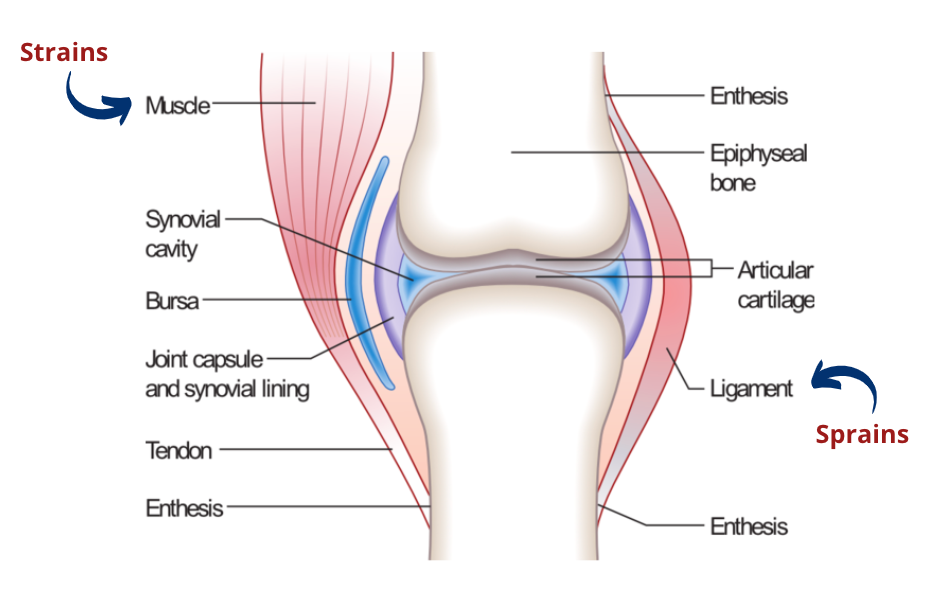
15. Musculoskeletal Sprains and Strains
Description: Injuries to muscles or ligaments
Symptoms: Pain, swelling, bruising, limited movement
Treatments: RICE (Rest-Ice-Compress-Elevate), NSAIDs (Non-steroidal anti-inflammatory drugs), physical therapy
Foods to avoid: None specifically
Complications: Chronic pain, instability, decreased mobility.

16. Nausea and Vomiting in Pregnancy
Description: Common during the first trimester of pregnancy
Symptoms: Nausea, vomiting, dehydration
Treatments: Vitamin B6, antihistamines, ginger supplements
Foods to avoid: Spicy, fatty, and highly aromatic foods
Complications: Hyperemesis gravidarum or persistent nausea and vomiting which can lead to dehydration, weight loss, and electrolyte imbalances
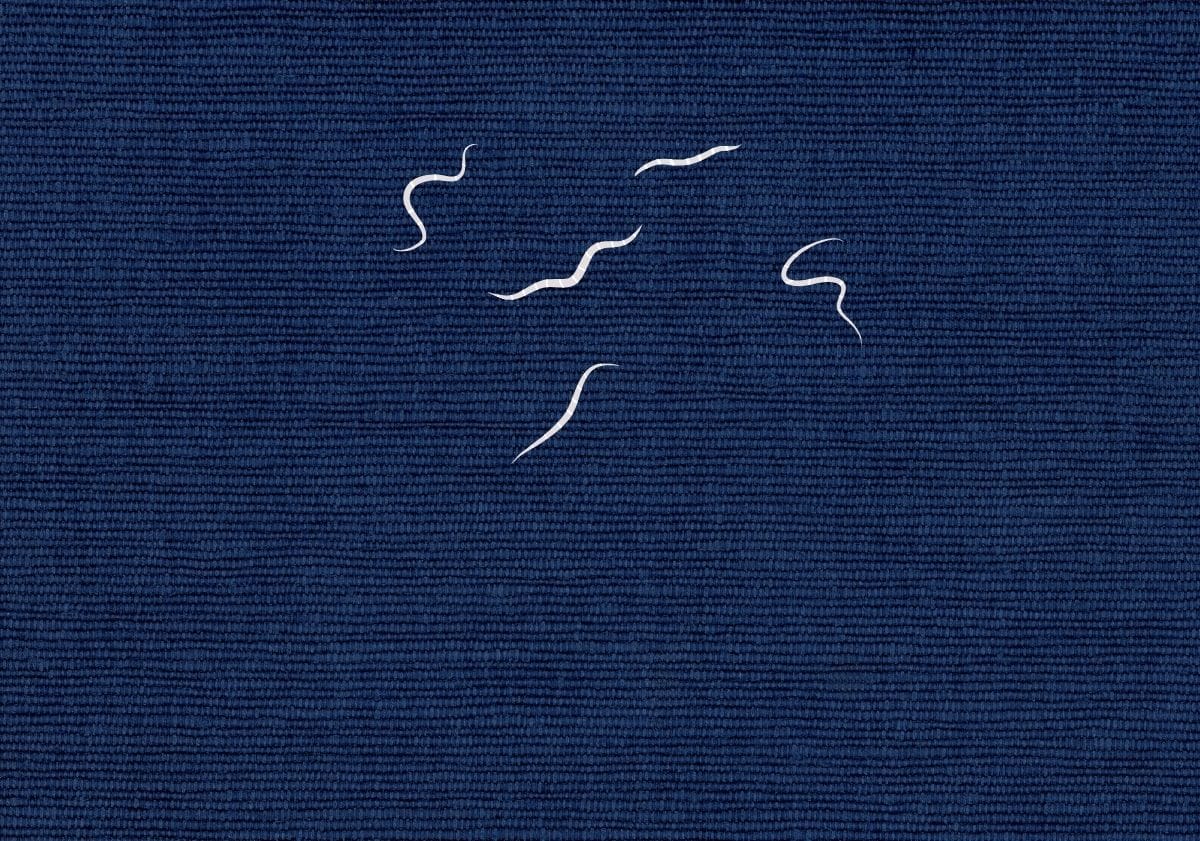
17. Pinworms and Threadworms
Description: Intestinal parasites causing itching around the anus
Symptoms: Intense itching, especially at night
Treatments: Anthelmintic medications, hygiene measures
Foods to avoid: Sugary foods
Complications: Secondary bacterial infections from scratching

18. Urinary Tract Infections (Uncomplicated)
Description: Infections in the urinary system, usually bladder and urethra
Symptoms: Painful urination, frequent urination, lower abdominal pain
Treatments: Antibiotics, increased fluid intake
Foods to avoid: Caffeine, alcohol, spicy foods
Complications: Kidney infections, recurrent infections
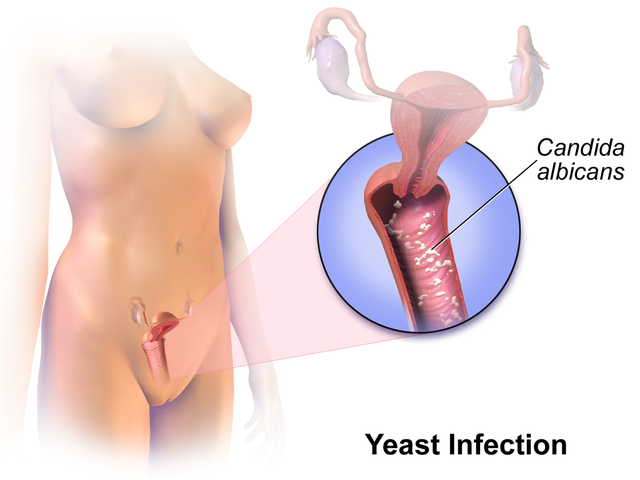
19. Vulvovaginal Candidiasis (Yeast Infection)
Description: Fungal infection of the vagina and vulva due to yeast overgrowth
Symptoms: Itching, burning, thick white discharge
Treatments: Antifungal medications, topical creams
Foods to avoid: Sugary foods, alcohol
Complications: Chronic infections, severe discomfort
Pharmacists play an essential role in helping patients manage these minor ailments, providing effective treatments and advice to prevent complications and improve patient outcomes. Utilizing their expertise in every aspect helps ensure that minor health issues are addressed promptly and efficiently.